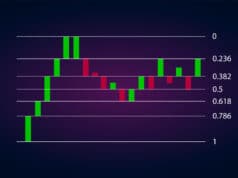Currency is the beating heart of today’s most prevailing economic system. The flow of currency in the economy determines the rate of growth of the economy, which impacts the prosperity levels among consumers and producers. Manipulating the liquidity of currency in the economy, therefore, influences the rate of economic growth. The manipulation of the liquidity of a currency within the economy is what amounts to monetary policy.
While monetary policy is one of the most closely followed topics among investors and other stakeholders, few people wonder whence currencies obtain their symbols. Now that we have mentioned it, we are certain that your imagination is running wild. Perhaps you are even asking why most currency symbols have a strikeout – that line running through a character, like the vertical line (or lines?) dividing the ‘S’ of the US dollar? Well, we will not leave you reeling from the sudden avalanche of thoughts that we have unleashed. Read on to get answers.
Currency symbols: what are they, how are they used?
Currency symbols are the most common thing you see when you are a daily consumer of business and financial news. The symbol is simply a graphic symbol used as an abbreviated symbolic character for a currency’s name. The convenient shorthand replaces the many words in a currency name, making it easy to represent amounts.

Writing currency amounts when using the currency’s full name is cumbersome. Imagine having to add the phrase “Singaporean dollar” at the end or beginning of a given amount of Singaporean money. Even the abbreviated SGD is still inconvenient. Therefore, currency symbols not only introduce simplicity but also convenience. There is no better convenience than writing $10 instead of 10 USA dollars.
How do you use the currency symbol? Whether to place the currency symbol at the end, at the beginning, or in the middle of the currency amount depends on which standard to which you subscribe. If you come from a region with Portuguese influence, you might want to use a currency symbol in place of the decimal separator of whole amounts from cents. For example, the amount in the Singaporean dollars used in the example above could be written as 10$00 – where the $ symbol takes the decimal place in 10.00.
Regions with French influence often place the symbol at the end of the currency amount. So, the amount, in this case, would be 10.00$. On the other hand, regions influenced by the English place the symbol at the beginning of the amount, i.e., $10.00. This is also the international standard of writing currency amounts with the currency symbol.
Origin of commonly used currency symbols
The word ‘dollar’ appears in many currencies globally – some of them are common, and others are barely known. However, the United States dollar (USD) claims the most attention. You might have wondered, like we did, why the word ‘dollar’ appears in many countries’ currencies. Well, you are lucky because this is where we begin our search for the origin of the commonly used currency symbols in the world.
The US dollar
Thirty-seven countries use a currency with the word ‘dollar’ in it. These include major economies such as the United States, Canada, Australia, and Singapore. Smaller countries and territories that use such a currency are Zimbabwe, Hong Kong, Taiwan, and several Caribbean Islands economies.
The word ‘dollar’ originates from silver coins made in the Kingdom of Bohemia, the antecedent of today’s Czech Republic. Silver that made up the coins came from mines in Joachimsthal; hence they were called ‘thalers,’ pronounced ‘dah-lars.’ The word changed its pronunciation to ‘dollars’ when it was exported across the Atlantic by the Dutch settlers.
While the origin of the word ‘dollar’ seems clear, putting a firm finger on the origin of the dollar sign is much more difficult. According to some accounts, the sign is a combination of the two initials of the United States (the ‘U’ and ‘S’).
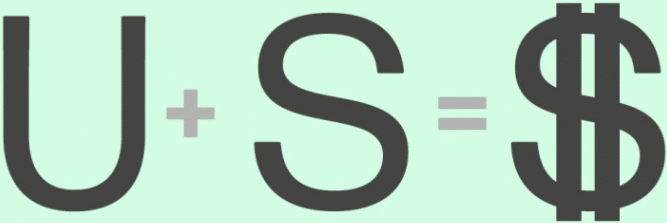
Another theory posits that the symbol is a derivation of the snake-on-a-cross symbol of the Bohemian thaler. This theory makes more sense. Why? Let us first address its usage in the US.
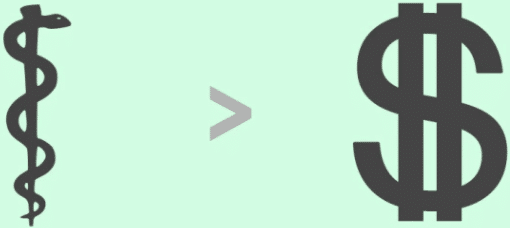
There are strong suggestions that the dollar sign was used as far back as the 1600s, which is a long time before the founding of the US. As such, there is no way the symbol would have been influenced by a country whose name at birth was the United Colonies of America (UCA).
A more plausible supposition could be that, well, the symbol is a derivation of the letters ‘U’ and ‘S’ but only when used as ‘units of silver,’ US. Units of silver were a unit of currency during the reign of the Roman empire.
The British pound
The pound is another currency whose significance in global trade cannot be gainsaid. Compared to the US dollar, the pound is older – some accounts suggest the pound has been in use for the last 1,200 years.
As for its symbol, the origin is linked to a Latin word, libra pondo. The phrase’s literal English translation is a pound by weight. While the Brits borrowed the ‘pondo’ part of the phrase for their currency’s name, they also took the first letter L of the ‘libra’ part and stylized it to create the pound sign, £.
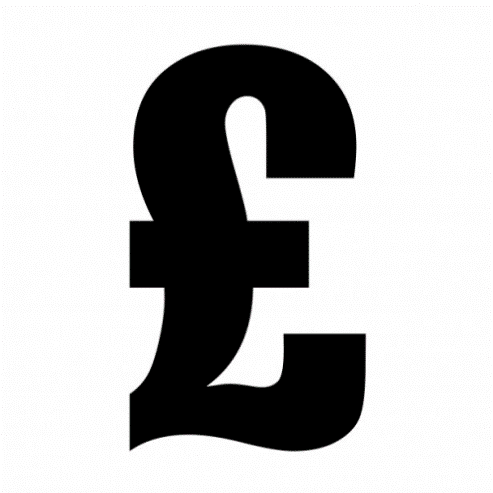
The euro
The euro sign has the least controversial origin, particularly because it is a recent creation. After ratification of the Maastricht Treaty – an event that birthed the common currency – the leadership of the Union tasked artists across the member states to create the euro sign. The winning entry drew its inspiration from the fifth letter of the Greek alphabet, epsilon.
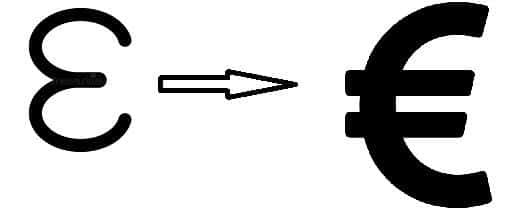
Conclusion
Each currency has some kind of often romanticized history, which depends on the level of pride in the country. Some currency signs, such as the euro and the British pound, have clear origins, but others, such as the dollar – especially the US dollar – have their origins steeped in mystery. Therefore, such currencies have several theories competing to explain their origin. The bottom line of the story of currency symbols is that each symbol has a carefully chosen origin, and all currency symbols are by design, not accident.


